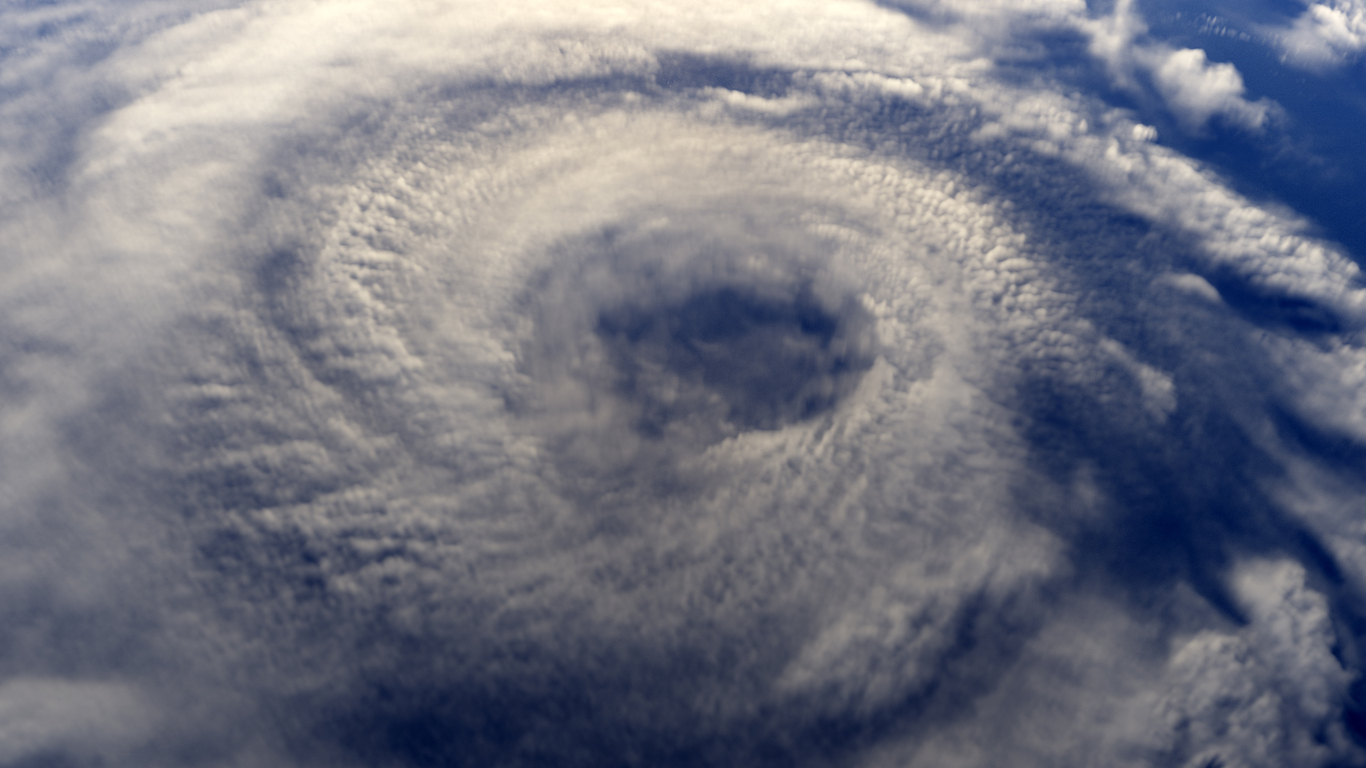According to new research, shifting weather patterns influenced by climate change will push strong storms up the East Coast, increasing wind speeds and damage from gusts.
Is it possible to forecast where the wind will blow next? What about where it will blow in 30 years?
In a report released Monday, the First Street Foundation, a nonprofit that works to define and communicate climate change risks, claims to have developed a model to assess “hyper-local climate wind risk” in the United States now and in the future.
According to First Street, 13.4 million US properties that aren’t currently vulnerable to tropical cyclones will be in 30 years. According to the report, annual damages from high winds will increase by $1.5 billion to nearly $20 billion by 2053, with damages increasing the most — 87% — in the Northeast US. The Mid-Atlantic region will experience the greatest increase in maximum wind speeds, with gusts reaching up to 37 miles per hour in some places.
Kerry Emanuel, an atmospheric scientist at the Massachusetts Institute of Technology, pioneered peer-reviewed research on which the group based its model. In 2006, Emanuel predicted that climate change would increase the intensity of storms and shift their location.
On the new study, researchers collaborated with Emanuel to simulate 50,000-plus storm tracks based on warming climate conditions. They predicted that more storms in the United States would likely reach Category 3 or higher in the future. Because of changes in weather patterns caused by climate change, these storms would be able to last longer and travel further north up the East Coast. Buildings in areas that have not previously experienced such severe storms were not necessarily built to withstand them.
The maximum speed of such storms’ 3-second gusts of high wind, which cause the majority of severe wind damage, was estimated by study researchers. They used models provided by Arup, an engineering firm, to assess the effects of such gusts on dozens of different property types. Using all of this information, they calculated the likelihood that any property in the contiguous United States would face financial consequences from a cyclone today and 30 years from now.
Despite the fact that storms are moving north, Florida now accounts for more than 70% of the country’s total wind risk and will continue to bear the brunt of the losses.
Following Hurricane Andrew in 1992, Florida enacted some of the most stringent wind-related building codes in the country. These, however, only apply to construction since the mid-1990s, and frequent hits to the state will work against the stringent codes.
First Street will release a wind-risk calculator that can look at individual properties, as it has done previously for its risk models for flood, wildfire, and heat. Insurance companies have sophisticated modeling capabilities for wind damage, but their modeling is proprietary; First Street claims its tools fill a market gap by informing owners of their vulnerabilities and how they are growing as a result of climate change.
“When compared to the historic location and severity of tropical cyclones, this next generation of hurricane strength will bring unavoidable financial impacts and devastation that have not yet been priced into the market,” said Matthew Eby, CEO of First Street.
First Street, on the other hand, combines three different models in order to project risks into the future: a hazard model, an exposure model, and a durability model. Every time one model is combined with another, the outcome becomes more uncertain, according to Mona Hemmati, a postdoctoral researcher at Columbia University’s Climate School who does similar modeling.
First Street does not publish its error rates on a regular basis, which is unusual in climate science. The estimated increase of 13.4 million homes, according to the study’s lead researcher Ed Kearns, could be off by up to 2.5 million, plus or minus.
“This is very innovative research,” Hemmati said, “but the uncertainty needs to be communicated to the public much better.”













